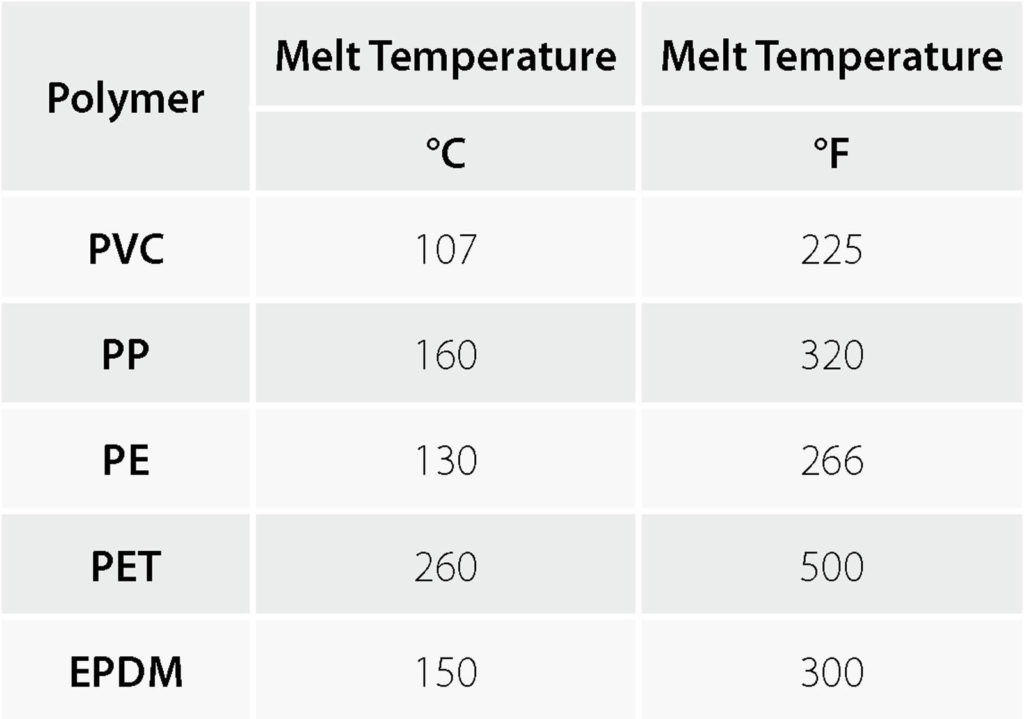Q: We have a question in regard to the heat resistance of geomembranes. We are interested in paving a road over a geomembrane with hot mix asphalt and want to know if the geomembrane will continue to function as a moisture barrier?
A: The answer to this depends very much on the formulation from which the geomembrane is made. As you can see in Table 1, from Robert M. Koerner’s Designing with Geosynthetics book, the melt temperatures of polymers are very different. Knowing that hot mix asphalt arrives on-site at 300°F (150°C), some geomembranes work better than others in this application.

We ran a test section for the U.S. Army Corps of Engineers on this issue. Their plan was to use a thermoplastic polyolefin (polypropylene) geomembrane and protect it with a 1 inch (2.5 cm) thick fiber expansion insulation board. The field trial was as follows:
- Install a 10-ounces-per-square-yard (339-g/m2) nonwoven needlepunched geotextile over the existing subgrade near the asphalt.
- Install a 30-mil (0.8-mm) thermoplastic polyolefin (polypropylene) geomembrane over the geotextile.
- Attach an array of five thermocouples to the geomembrane for evaluation of heat absorption and dispassion.
- Install the 1 inch (2.5 cm) thick fiber board over the geomembrane/thermocouples.
- Pave a 4-inch (10.2-cm) lift of hot mix asphalt over the fiber board and compact it with a vibratory steel wheel roller.
Everyone present at the field trial was shocked at the results. The 300°F (150°C) hot mix asphalt had little to no effect on the geomembrane. In the course of about an hour, most of the heat dissipated upward and left the geomembrane in near pristine condition. By the end of the trial, we were experimenting with asphalt directly on the geomembrane. It also performed well.
 TEXTILES.ORG
TEXTILES.ORG


